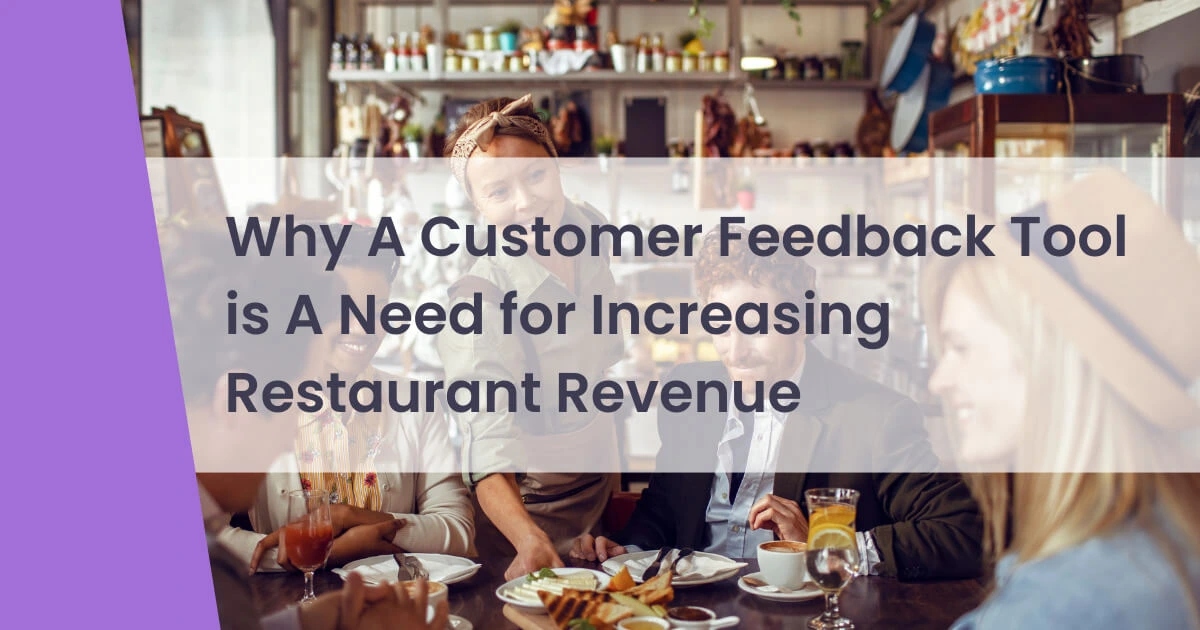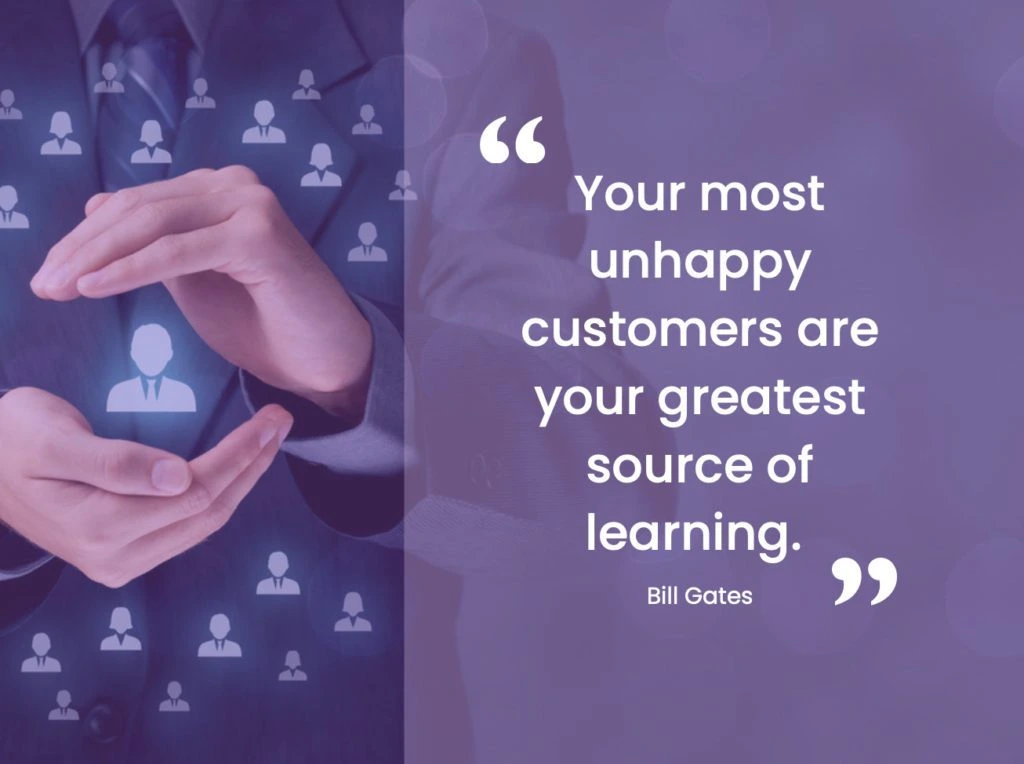Eight Powerful Strategies You Can Do to Make Your Restaurant Visible Online
As a restaurant owner, you know that having a strong online presence is key to attracting new customers and keeping your regulars coming back. But with so many online marketing options available, knowing where to focus your efforts can be overwhelming. Having social media accounts and a website is a good start, but it's not enough. You need to increase your online visibility to attract more customers.
Factors That Are Not Making Your Restaurant Visible Online
It's important to understand the factors that may be hindering your restaurant's visibility online.
A lack of a strong online presence, poor search engine optimization (SEO), a lack of online reviews, competition, and an outdated or poorly designed website can all contribute to a restaurant's lack of visibility.
Lack of a strong online presence:
If a restaurant doesn't have a website or doesn't have a strong social media presence, it may be more difficult for customers to find and learn about the restaurant.
Poor search engine optimization (SEO):
If a restaurant's website is not optimized for search engines, it may not rank highly in search results for relevant keywords and phrases. This can make it harder for potential customers to find the restaurant.
Lack of online reviews:
Online reviews can be a major factor in a customer's decision to visit a restaurant. If a restaurant doesn't have many online reviews, or if the reviews are mostly negative, it may deter potential customers from visiting.
Competition:
If there are many similar restaurants in the area, it may be difficult for one restaurant to stand out and attract customers.
Outdated or poorly designed website: A website that is poorly designed or not mobile-friendly can be a turnoff for potential customers and may lead to a loss of visibility.
To avoid losing visibility, let's explore the 8 Best Strategies To Increase Your Restaurant's Online visibility:
1. Search Engine Optimization (SEO)
Search engine optimization (SEO) is the process of optimizing your website to rank higher in search engine results pages (SERPs). When done correctly, SEO can drive organic traffic to your website and improve your restaurant's visibility online.
To improve your restaurant's SEO, start by conducting keyword research to identify the keywords and phrases that your target audience is searching for. Then, optimize your website's content and structure to include those keywords in a natural way. Additionally, building high-quality backlinks from other reputable websites can help improve your website's authority and search engine rankings.
2. Social Media Marketing
Social media platforms like Facebook, Twitter, and Instagram can be valuable tools for reaching new customers and engaging with your existing audience. To get started with social media marketing, create profiles on the platforms where your target audience is most active.
Regularly post high-quality content that showcases your restaurant's unique offerings and personality. You can also use social media to promote specials and events, engage with your followers, and build relationships with influencers and other local businesses.
3. Paid Advertising
While organic marketing efforts like SEO and social media can be effective, they can also take time to yield results. Paid advertising, such as pay-per-click (PPC) advertising, can be a more immediate way to drive traffic to your website and increase your restaurant's visibility.
When running PPC ads, be sure to target specific keywords and geographic locations to reach your ideal audience. You can also use retargeting ads to reach people who have previously visited your website or interacted with your social media profiles.
4. Content Marketing
Content marketing involves creating and sharing high-quality, informative content to attract and engage your target audience. For restaurants, content marketing can take many forms, such as blog posts, recipes, videos, and social media posts.
When creating content, focus on providing value to your audience rather than promoting your restaurant directly. For example, you could share recipes that use ingredients found on your menu or highlight local events and attractions that your audience may be interested in.
5. Online Reviews
Online reviews can have a big impact on a restaurant's reputation and visibility. Encourage your customers to leave reviews on popular review sites like Yelp and Google, and be sure to respond to all reviews, both positive and negative.
When responding to negative reviews, take the opportunity to address any issues and show your commitment to customer service. When responding to positive reviews, thank the reviewer for their kind words and encourage them to visit again.
6. Online ordering
Offering online ordering can be a convenient way for customers to place orders and can also help increase your restaurant's visibility online. Be sure to promote your online ordering system on your website and social media profiles, and consider offering incentives like discounts or free delivery for first-time users.
7. Partnering with influencers
Partnering with influencers, such as local bloggers or social media personalities, can be a great way to reach new audiences and build buzz for your restaurant. Identify influencers who have a following that aligns with your target audience, and offer them a complimentary meal or experience in exchange for sharing their experience with their followers.
When working with influencers, be sure to set clear expectations and goals, and monitor their posts to ensure they align with your brand values and messaging.
8. Getting Listed on Directories
There are many online directories where you can list your restaurants, such as Yelp, TripAdvisor, Zomato, and OpenTable. Listing your restaurant on these directories can help improve your visibility and attract more customers, as many people use these platforms to discover new restaurants and read reviews. In addition, these directories often have a high domain authority, which means that having a listing on them can improve your website's search engine rankings.
When listing your restaurant on directories, it's important to make sure that your information is accurate and up-to-date. This includes your restaurant's name, address, phone number, hours of operation, menu, and photos. You should also encourage your customers to leave reviews on these directories, as positive reviews can help improve your restaurant's reputation and attract more customers.
It's important to note that implementing these strategies may take time and effort, and they may require ongoing maintenance to maintain their effectiveness. It may be helpful to seek the help of a professional marketing agency or consultant to develop and implement an online marketing strategy.
Milagro's Marketing Team can help you increase your restaurant's online visibility and attract more customers.Contact ustoday to learn more.
Get all the insights in the blog postwebsites for restaurant businesses how to stand out drive more traffic and win more people.

